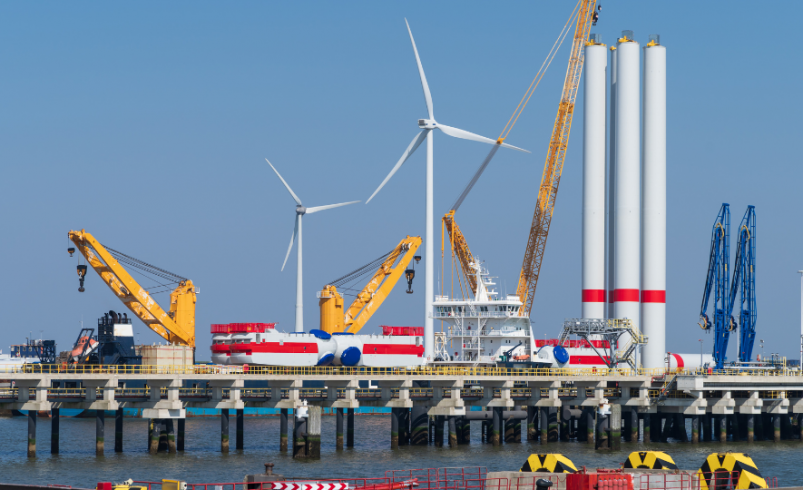PH seafarers, shipyards seen as foundation for offshore wind economy —GWEC
- October 12, 2025
- 0

The Philippines already holds three of the key assets needed to build a competitive offshore wind economy—a skilled maritime workforce, strong shipbuilding capacity, and abundant mineral resources, according to a new policy paper by the Global Wind Energy Council (GWEC).
In its Building Offshore Wind Economies in Asia-Pacific report released in September 2025, GWEC said these capabilities can serve as “foundation blocks for developing a full industrial base for offshore wind power in Southeast Asia.” The group identified the Philippines among emerging markets, alongside Vietnam and Indonesia, with significant potential to support the region’s growing offshore wind supply chain.
The country deploys more than 570,000 seafarers annually and hosts around 120 shipyards emp
GWEC described the Philippines’ maritime and manufacturing strengths as “competitive advantages that can help anchor domestic industrial development for offshore wind.” The report said such assets could attract investment in component manufacturing, port infrastructure, and workforce training as the country transitions to cleaner energy.
The policy paper estimates the Philippines’ technical offshore wind potential at 178 GW, one of the largest in the Asia-Pacific. But GWEC noted that rea
“The leading intervention governments can make is to develop clear, credible and long-term capacity targets for o
The OECD’s Peer Review of the Philippines’ Shipbuilding Industry report, published in September 2025, also showed that the Philippines’ shipbuilding industry is gearing up to support the country’s offshore wind ambitions. From testing electric and hybrid vessels to producing methanol-capable ships, local and foreign shipyards are boosting the sector’s capacity. It also mentioned that Hyundai Heavy Industries plans to invest USD 550 million in offshore wind production facilities at the former HHIC-Phil yard to strengthen the domestic supply chain.
Can the Philippines turn its maritime and manufacturing strengths into a regional advantage for offshore wind? What steps should the government and industry take first to build momentum?
Follow Power Philippines on Facebook and LinkedIn or join our Viber community for more updates.